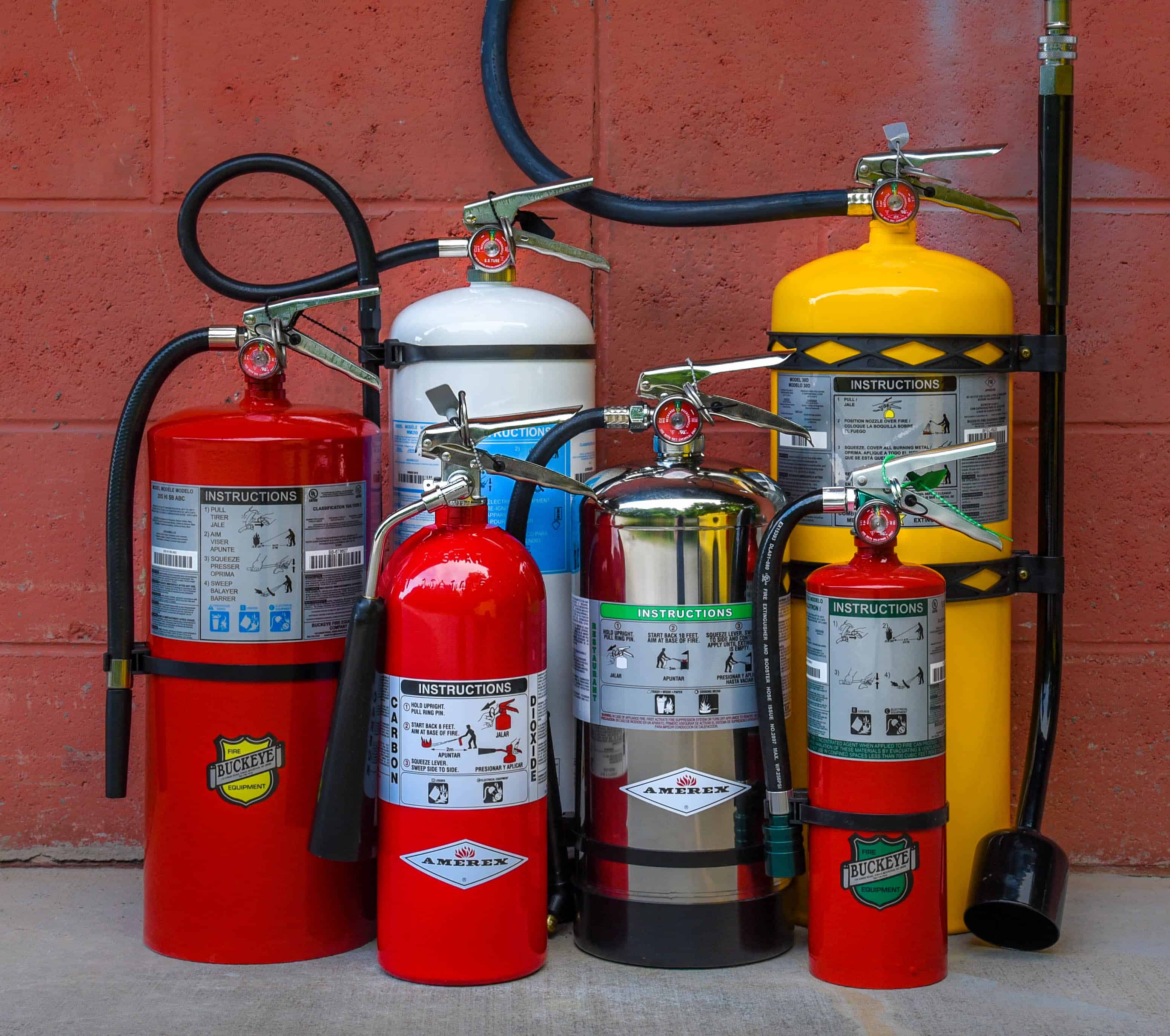
CLASS A FIRE EXTINGUISHER USED FOR PORTABLE
Your fire equipment professional is the ideal person to perform the annual maintenance because they have the appropriate servicing manuals, tools, recharge materials, parts, lubricants, and the necessary training and experience.Ī Review of the Impact of Fire Extinguishers in Reducing the Carbon Footprint of Building Fires (PDF)Ī scientific study of the role of portable fire extinguishers in reducing the carbon footprint of a fire in a sprinklered building by Jensen Hughes, a fire protection engineering firm. This is a thorough examination of the fire extinguisher’s mechanical parts, fire extinguishing agent and the expellant gas.


Knowing the different classes of fires and the suitable extinguishers can help you make an informed decision when purchasing a fire extinguisher. Having the right type of extinguisher can make a huge difference in putting out a fire. Always sweep the extinguisher from side to side to cover the entire area of the fire.Always aim the extinguisher at the base of the fire.Always stand at a safe distance from the fire and approach it from a safe angle.Always ensure that you are using the correct type of extinguisher for the fire.Now that we have discussed the different classes of fires and the appropriate extinguishers for each, it is essential to remember a few safety tips when using a fire extinguisher: This ensures that they can be easily located in case of a fire. Accessibility: Fire extinguishers should be easily accessible and located in visible and accessible areas.This ensures that the extinguisher is in good working condition when you need it. Maintenance: It is essential to ensure that your fire extinguisher is regularly maintained and serviced.However, if the fire is large, a larger fire extinguisher or a fire hose may be required. If the fire is small, a handheld extinguisher may be enough. Size of the fire: The size of the fire determines the size of the extinguisher required.However, if the fire is in a large warehouse, a dry powder extinguisher may be required. For example, if the fire is in a small kitchen, a wet chemical extinguisher would be ideal. Location: The location of the fire determines the type of fire extinguisher that you should use.Factors to consider when choosing a fire extinguisher: Let us discuss some additional factors to consider when choosing the right fire extinguisher. The wet chemical creates a barrier over the burning oil, which prevents oxygen from reaching it and extinguishes the fire. Wet chemical fire extinguishers are used to put out on onl圜lass F fires that involve cooking oils and fats, such as in a commercial kitchen. Water fire extinguishers should not be used on fires that involve electrical equipment or flammable liquids. They work by cooling the burning material and lowering the temperature below the ignition point.


Water fire extinguishers are the most common type of extinguishers used to put out Class A fires only that involve ordinary combustibles such as paper, wood, and cloth. CO2 extinguishers are also suitable for Class B & Class E fires. CO2 extinguishers work by displacing oxygen, which suffocates the fire. CO2 fire extinguishersĬO2 fire extinguishers are used to put out fires that involve electrical equipment, such as computers and machinery. Foam extinguishers are also effective for Class A fires involving ordinary combustibles. The foam creates a layer over the burning liquid, which prevents oxygen from reaching the fire and extinguishes it. Foam fire extinguishersįoam fire extinguishers are used to put out Class B fires that involve flammable liquids such as gasoline, oil, and solvents. The powder smothers the fire by creating a barrier between the fuel and the oxygen. Dry powder fire extinguishers are versatile and can be used on Class A, B, C, D, E fires.


 0 kommentar(er)
0 kommentar(er)
